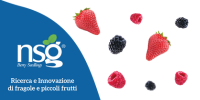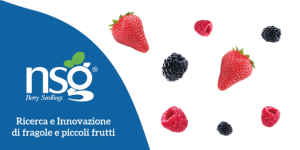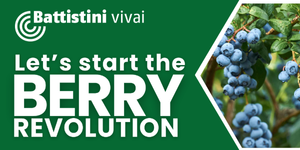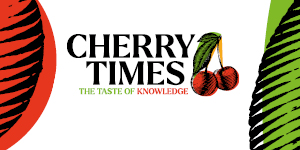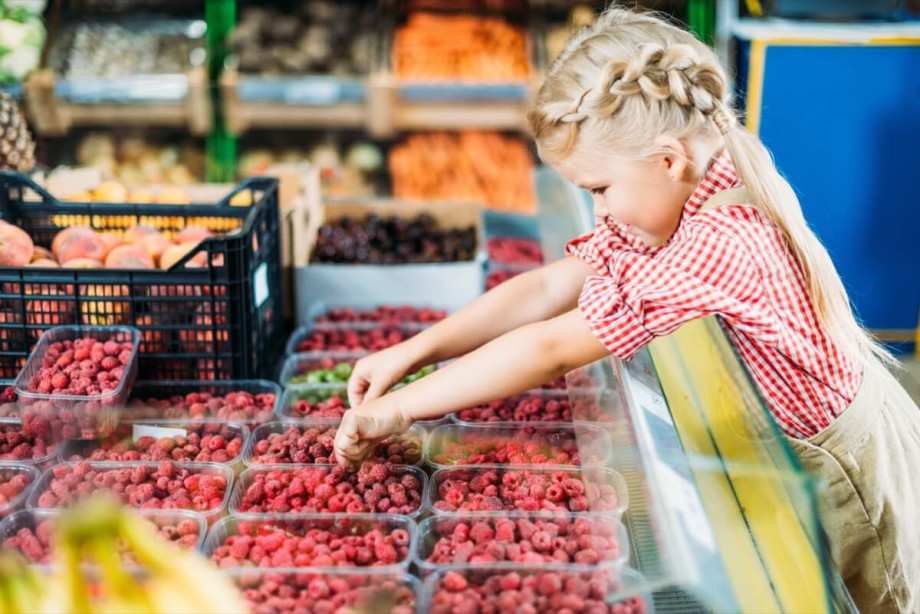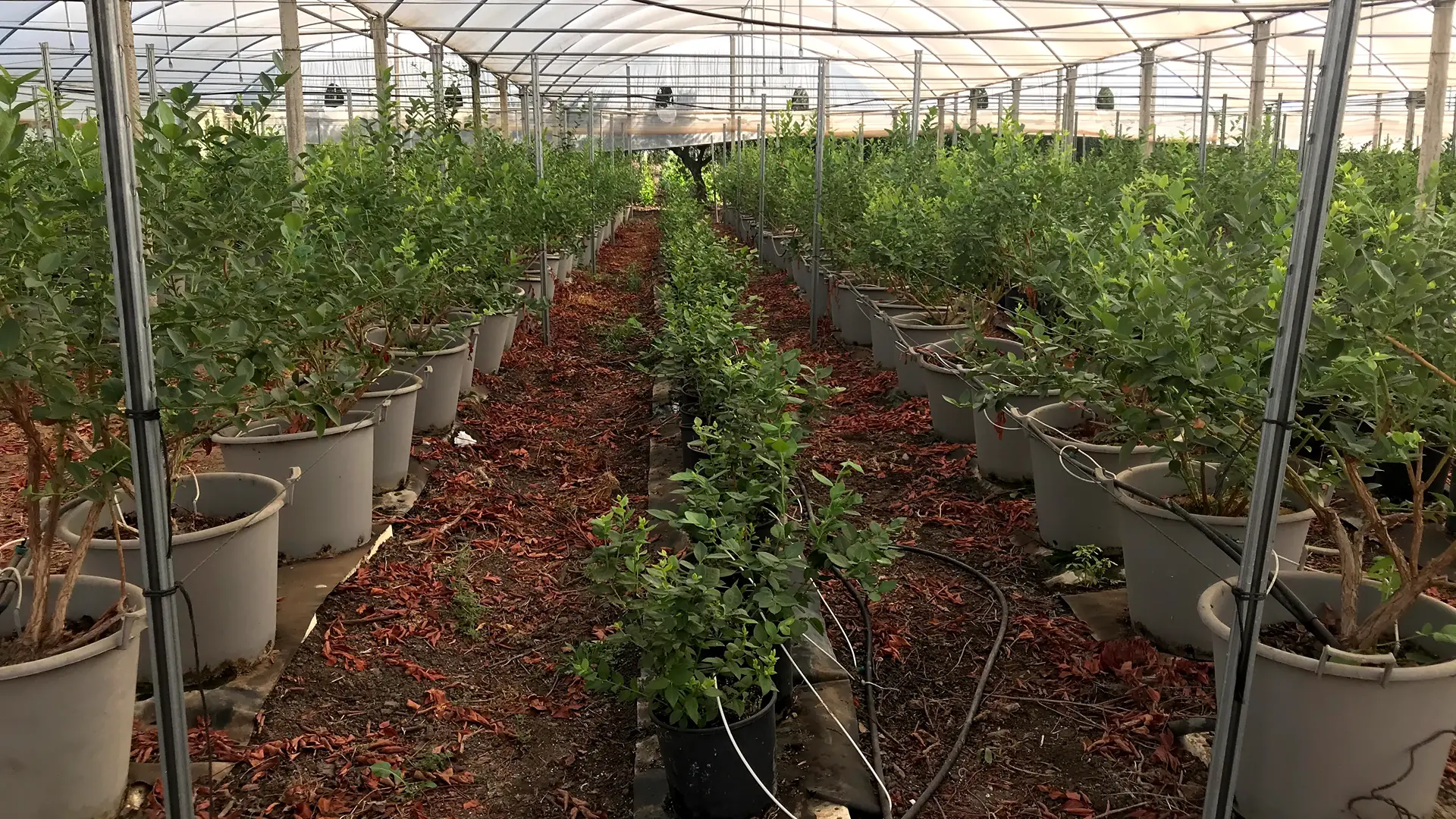Good news from the Italian berry market: while the Fruit category records an 8.1% decline in volume in the twelve months leading up to June 2023, small fruits show an increase in volume of 4.9% and a 7.6% increase in value during the same period, with the Italian berry market now worth over EUR 184 million.
The Italian Berry data is based on the GfK consumer panel, which collects data on small fruit consumption by Italian families.
Strawberries slow down the category
If the category is expanded to include strawberries, red fruits show a negative trend mainly due to a decrease in penetration (-1.8 points) and lower average purchase (volume per trip, while frequency is increasing). In particular, the decrease in strawberry consumption in volume, from 85,000 to 80,000 tons (-6.3%), has an impact.
Overall, the red fruit category (strawberries + small fruits) decreases in volume (going from 99,000 tons to 94,000 tons, a negative variation of -4.7%), while during the same period, total spending increases by 4.9%, exceeding EUR 566 million.
Red fruits are growing in the fruit basket
In recent years, the share of red fruit consumption (strawberries + small fruits) as a percentage of total fruit has increased from 8.6% in 2020 to 10.4% (July 2022 - June 2023).
These figures are still far from the levels recorded in the United States, where berries in July 2023 were the most important category in the fruit department, accounting for 19.3% of sales, almost double what was achieved in Italy. With 792 million USD (equivalent to approximately 720 million EUR), berries in the United States generate 2.3 times more revenue than apples and 2.5 times more than bananas or grapes (IRI Integrated Fresh data).
Consumer base is growing
Analyzing Italian consumption of small fruits (blueberries, raspberries, blackberries, and currants) in the twelve months ending in June 2023, there is a significant increase in the consumer base: the number of buying households increased by +6.0%, with over 8 million Italian families buying berries at least once a year, compared to 7.6 million in the previous period.
Therefore, for the first time, penetration exceeds 30%, with 31.4% of Italian households buying small fruits during the period under review.
But there are some negative signals
However, not all berry consumption indicators are positive: average spending per purchase (-5.2% in volume), annual quantity per buyer (down 1.7% to 1.77 kg), and average spending per purchase (-2.7% to EUR 3.41) are all down. Annual spending remains essentially stable at EUR 22.93 (+1.5%).
Berries cool down inflation
The berry category has experienced price trends well below the overall inflation recorded in Italy during the period. In fact, the average price of small fruits increased by 2.6% compared to the 6.4% recorded by Istat with the national consumer price index for the entire population (NIC), excluding tobacco. The average price (EUR/kg) of berries was EUR 12.94, compared to EUR 12.62 in the previous period.
Decrease in average purchases
All types of berries expand their buyer base but see a decrease in average purchases, both in terms of lower volume per purchase and reduced frequency, possibly due to an increase in the average price. Blueberries are the only exception, with volume growth solely due to increased frequency (+5.5%).
Wealthy and in the North
Analyzing the profile of Italian berry consumers reveals a strong concentration in the North (both Northwest and Northeast), with above-average indexes in larger families (2+ members), with purchasing managers aged 35 to 64, from high and upper-middle socioeconomic classes, and residing in large urban centers. The profile is very similar to that of the previous year, except for the socioeconomic class, which has become increasingly polarized towards high/upper-middle classes.
The South is gaining ground
The geographic profile remains unbalanced, with the South+Sicily showing a penetration (percentage of buying families out of the total) three times lower than that of the Northwest. However, this gap is narrowing: the ratio was close to four just 12 months ago.
All rights reserved - Italian Berry - CC BY License



